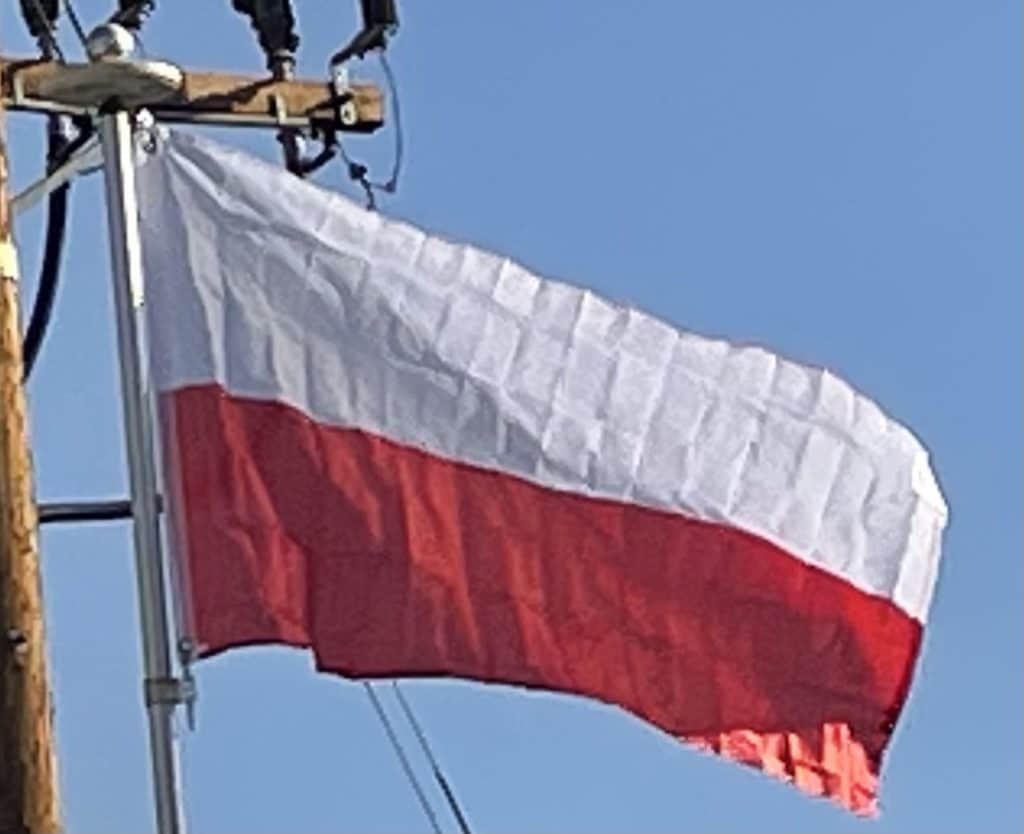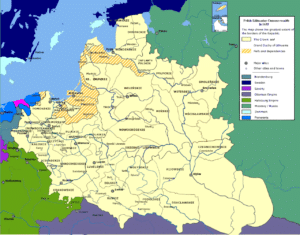
The late 17th Century marked the end of the nation’s golden era. Finding itself subjected to almost constant warfare and suffering enormous population losses as well as massive damage to its economy, the Commonwealth fell into decline.
During the later part of the 18th century, the Commonwealth made attempts to implement fundamental internal reforms; with the second half of the century bringing a much improved economy, significant population growth and far-reaching progress in the areas of education, intellectual life, art, and especially toward the end of the period, evolution of the social and political system.
Partitions:
The royal election of 1764 resulted in the elevation of Stanisław II August (a Polish aristocrat connected to the Czartoryski family faction of magnates) to the monarchy. Attempts at reform provoked the union’s neighbors, and in 1772 the First Partition of the Commonwealth by Prussia, Russia and Austria took place.
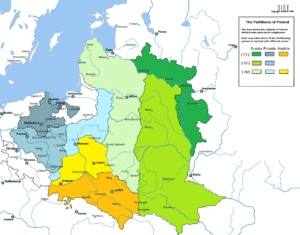
Russia and Prussia, fearing the mere existence of a Polish state, arranged for, and in 1793 executed, the Second Partition of the Commonwealth, which left the country deprived of so much territory that it was practically incapable of independent existence. Eventually, in 1795, following the failed Kościuszko Uprising, the Commonwealth was partitioned one last time by all three of its more powerful neighbors, and with this, effectively ceased to exist.
Second Polish Republic:
Following World War I all the Allies agreed on the reconstitution of Poland that United States President Woodrow Wilson proclaimed in Point 13 of his Fourteen Points. A total of 2 million Polish troops fought with the armies of the three occupying powers, and 450,000 died. Shortly after the armistice with Germany in November 1918, Poland regained its independence as the Second Polish Republic.
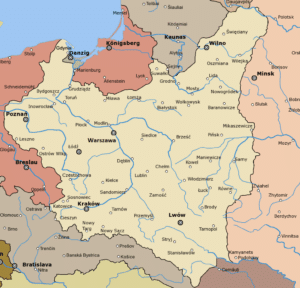
It reaffirmed its independence after a series of military conflicts, the most notable being the Polish–Soviet War (1919–21) when Poland inflicted a crushing defeat on the Red Army at the Battle of Warsaw, an event which is considered to have halted the advance of Communism into Europe and forced Vladimir Lenin to rethink his objective of achieving global socialism.
World War II:
World War II began with the Nazi German invasion of Poland on 1 September 1939, followed by the Soviet invasion of Poland on 17 September. On 28 September 1939, Warsaw fell. As agreed in the Molotov–Ribbentrop Pact, Poland was split into two zones, one occupied by Nazi Germany, the other by the Soviet Union. In 1939–41, the Soviets deported hundreds of thousands of Poles. The Soviet NKVD executed thousands of Polish prisoners of war ahead of the Operation Barbarossa. German planners had in November 1939 called for “the complete destruction of all Poles” and their fate as outlined in the genocidal Generalplan Ost.
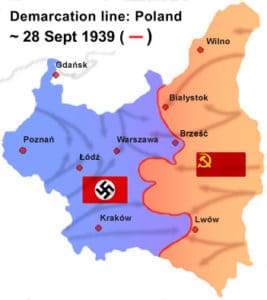
The wartime resistance movement, and the Armia Krajowa (Home Army), fought against German occupation. It was one of the three largest resistance movements of the entire war. The resistance was loyal to the exiled government and generally resented the idea of a communist Poland; for this reason, in the summer of 1944 it initiated Operation Tempest, of which the Warsaw Uprising that begun on 1 August 1944 is the best known operation.
